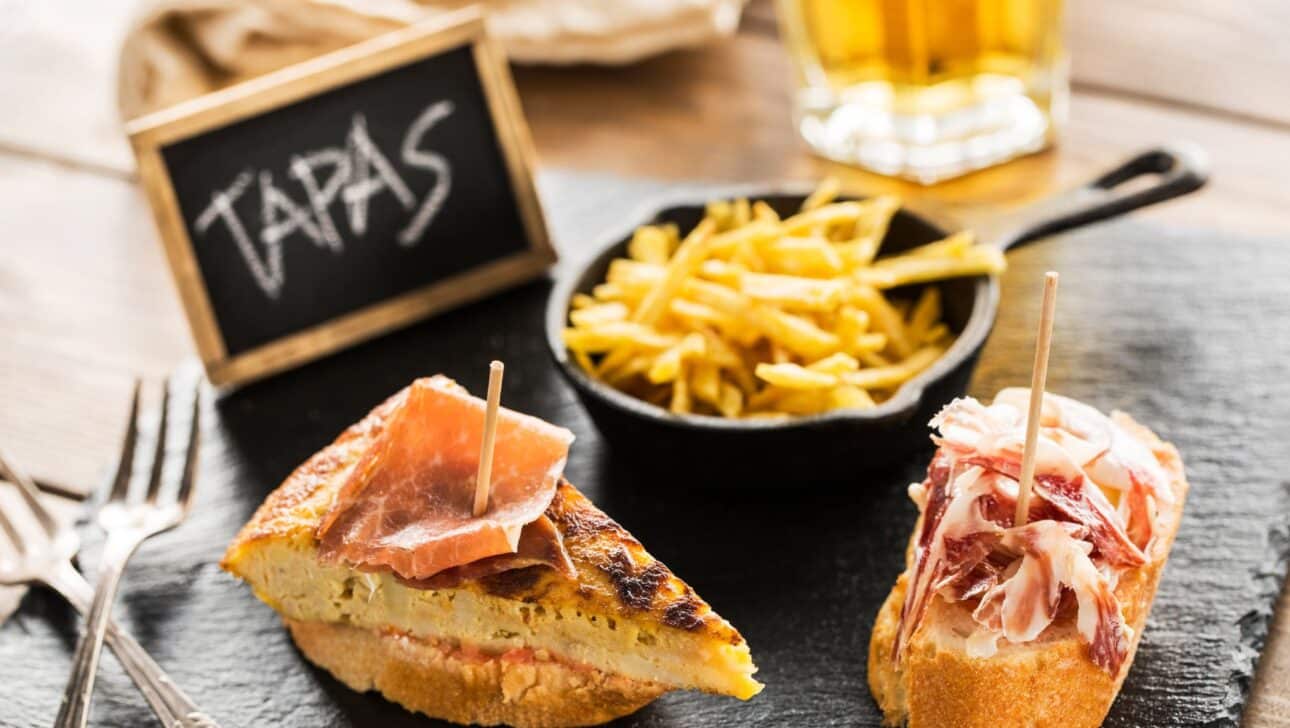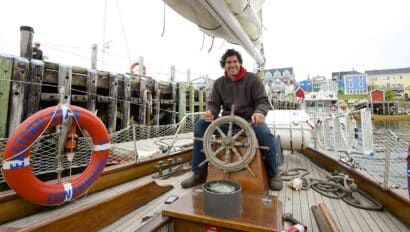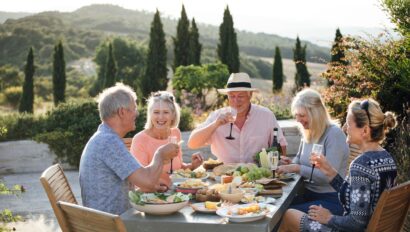“Blindfolded, I can taste one forkful of food from Spain and tell you if the cook is from Andalucia, Catalonia or wherever,” claims our guide and friend, Riccardo. “Perhaps,” smiles Frederique, our guide in Basque. “But some of us can sense exactly which San Sebastian pinxtos [tapas] bar marinated a specific shrimp.” Carla, our expert local guide from Portugal, chimes in: “That is quite nice. But in my country it’s enough that a tomato tastes like the world’s best tomato…not a place.” As the Iberian Peninsula enjoys a surge in popularity with travelers, it’s tempting to imagine that Portugal and the regions of Spain have some interchangeable allure. But when we talked with a trio of the amazing local experts who guide for Classic Journeys, they nixed that theory. Enthusiastically. And they all praised their locally produced foods to make the point that Iberia is remarkably more diverse than the map suggests. Read on as we dig into the delicious and diverse foods of Iberia.

Iberia’s Distinct Regional Cuisines
“Every region is like an entirely different country,” Riccardo explains. Spain didn’t have a single monarchy until 1813. Until then, it was a jumble of kingdoms bound by mountains, and the cultural borders are still strong today. With little money or incentive to travel, people stayed close to home and, to a surprising degree, that compartmentalization continues. The exception—as in many things Iberian—is Portugal. The Portuguese have been Portuguese since the 6th or 7th century. The regional personalities couldn’t be more distinct.
Portugal
“Portugal is patient.” Carla makes the case for her homeland in just three words. The grapes a vintner invites you to taste at his Douro Valley winery? They won’t be perfect Port for 40 years. The workers who gently rake sea salt from the shimmering skim of salt pans? They’ve been at it since Roman times. (When the Vikings invaded to procure salt, they introduced cod, which became the national dish.) “We are calm and willing to wait for the best,” Carla adds, and on tour when you walk through a 600-year-old forest or relax at an estate hotel that’s been in the same family for eight centuries, you’ll understand what she means.

Andalucia
In Spain, Andalucia tips to the opposite end of the mellow spectrum according to Riccardo. “Here, every day is a festival. ‘Oh, look! The tomato is ripe! Let’s celebrate!’” Most likely, that tomato will become a bowl of velvety salmorejo—please don’t call it gazpacho—garnished with a sprinkle of Serrano ham and hard-boiled egg. The everyday ingredients are elevated by their simple authenticity. “The rain in Spain does not fall on the plain,” he explains. Thus the drought-tolerant olive groves, which yield surprisingly grassy-tasting oil, sunbaked white villages, and the bubbling fountains in the Alhambra.
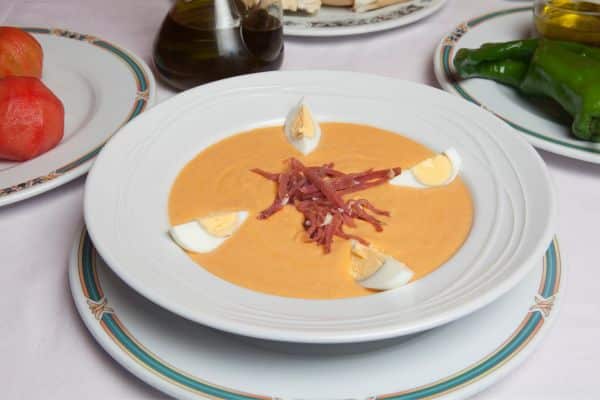
Basque
On the other hand, lush abundance is the rule in northwest Spain where the Basques fiercely protect their ancient culture. Ruby garlands of pimientos hang from eaves to dry. Near Bidarray, you’ll visit a family that makes artisanal sheep’s milk cheese on their farm. At the local village pelota match, Frederique will seat you in the bettors’ section “because they cheer the loudest.” They practically had to invent pinxtos here because how could you eat only one or two kinds of food for a meal? Ensconced in San Sebastian’s best-located hotel, you can alternate between tapas-crawling and basking on a jet-set beach.
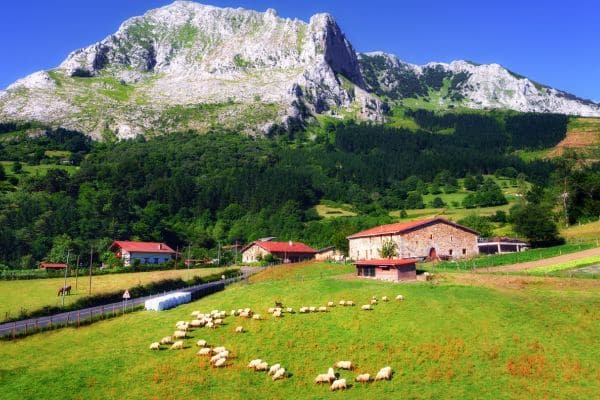
Catalonia
Across the peninsula, quirky and cosmopolitan are the adjectives of choice for Barcelona and surrounding Catalonia. A languid evening stroll on La Rambla is about seeing and being seen and more than a little about a glass of nose-tickling cava and silky crema catalana. “To be Catalan is to see the world through a peculiar and colorful lens,” Riccardo explains. In the land that gave birth to Gaudí and Dali, artists such as the potters Riccardo introduces to you carry on traditions different than anywhere else in Spain. Did he mention the sophistication of the beach resorts on the Costa del Sol and dining on decadent paella? Yes, he most certainly did.
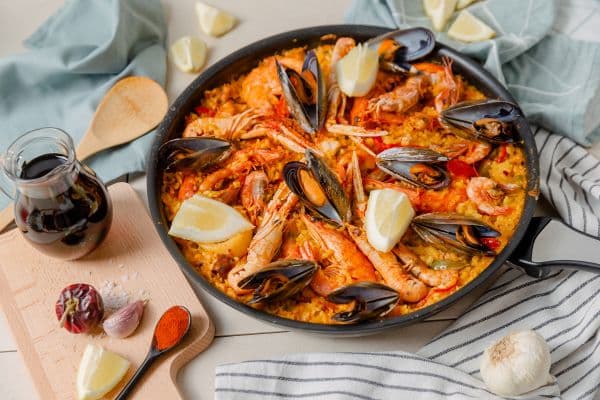
After all of the guides’ passionate electioneering, I have to declare myself an independent. I’ll concede that every region Classic Journeys visits on the Iberian Peninsula is a land all its own. The question now is which one to immerse myself in next. I’m accepting bribes of Catalan sausages, chicken basquaise, paella, and feijoada. Join us on tour and decide for yourself!

